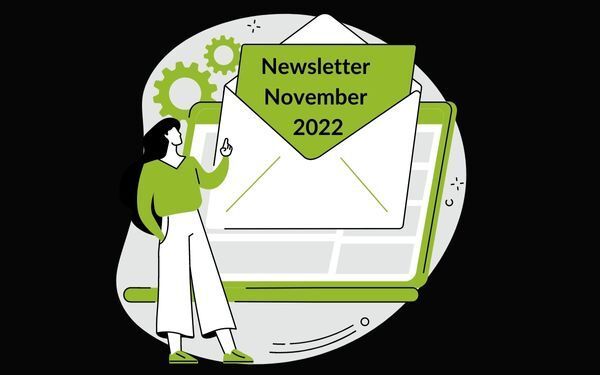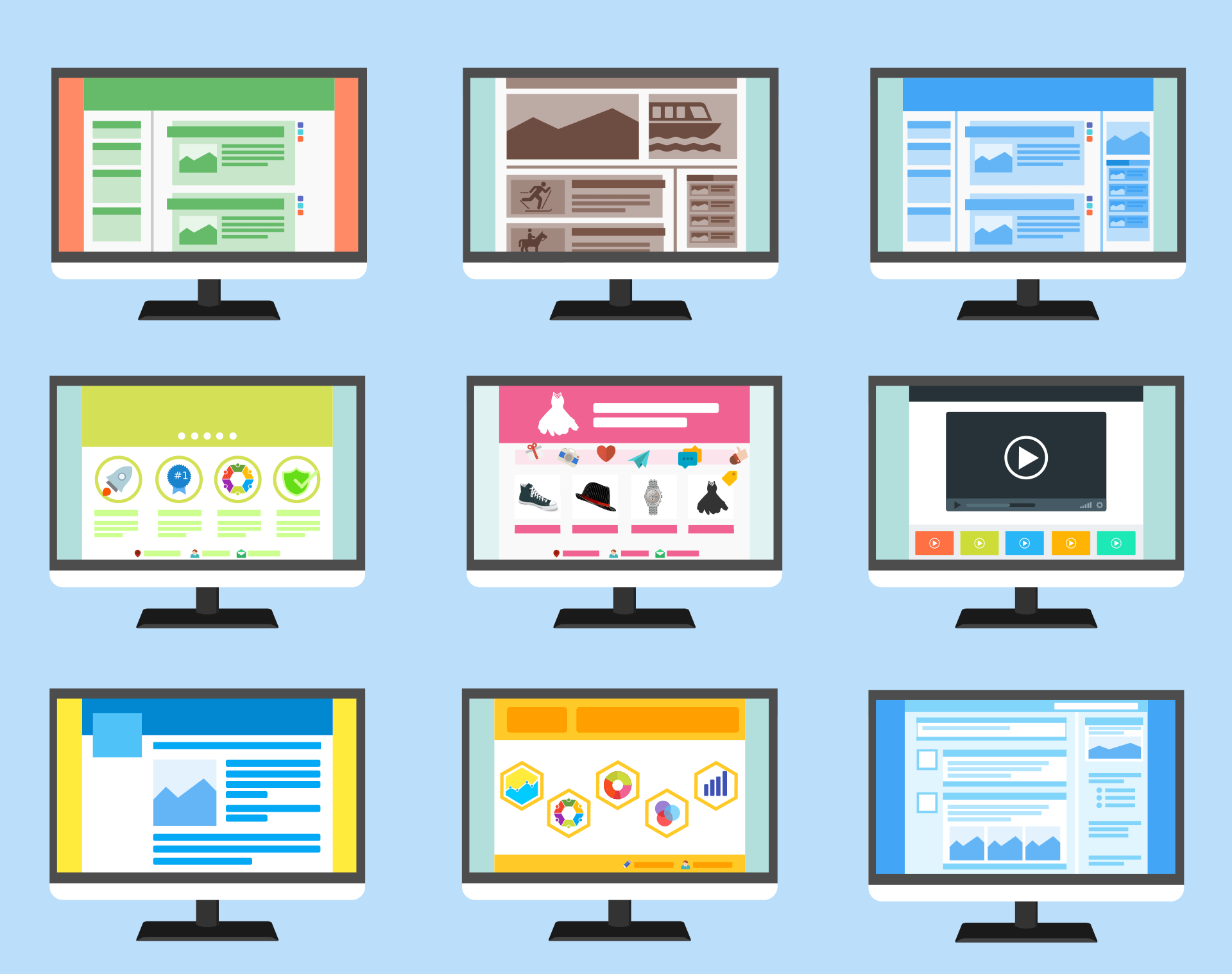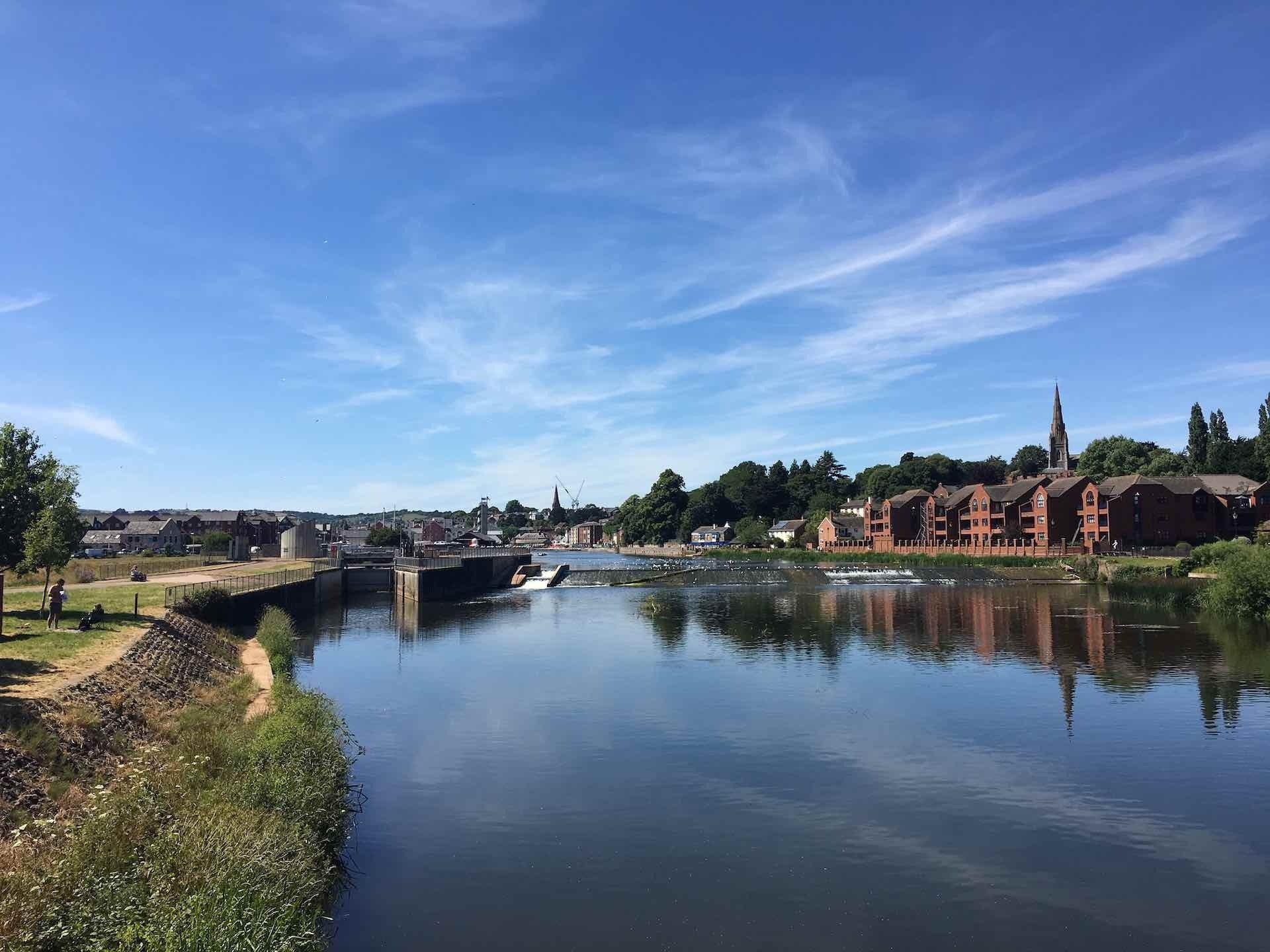How to Drive Traffic to Your Website in 2020
One of the questions that we get asked most often is ‘how do I attract more visitors to my website?’. It’s a goal that’s common with so many business owners as more traffic means more eyes on your content and more opportunities to convert those visitors into customers down the line.
So how do you get more traffic to your website? While there’s no one solution that works for every business, we wanted to share seven ways that you can drive traffic to your website in 2020.
There’s something for everyone here - from being strategic about your social media to appearing as a guest on podcasts. All of these tips are affordable too, so you can make a start on attracting more traffic without making a big dent in your marketing budget.
How to drive traffic to your website
1. Improve your SEO
We’ve talked about
search engine optimisation (SEO) a few times here on the blog. But what does it really mean?
One of the biggest players in the SEO world, Moz, describes SEO as “the practice of increasing the quantity and quality of traffic to your website through organic search engine results”. If you want to drive traffic to your website, SEO is definitely an area to focus on.
A good place to get started with SEO is to
read our guide on SEO audit tools . Here you’ll find examples of free and inexpensive software that you can use to quickly get a feel for how your website currently performs and where you can make improvements. You can then create a to-do list (or SEO plan) and work through these actions yourself, or work with a specialist digital marketing agency (like us!) to optimise your website.
By working on your SEO, you can start to see more readers visiting your website through relevant searches on Google and other search engines. If you write informative, helpful content that answers your audience’s questions, it’s a good idea to take that one step further and really optimise it so that it stands the best possible chance of reaching them.
2. Use social media strategically
Whether you’re a huge fan of social media or not, most businesses can find value in being present on one or more platforms. While it’s mostly a place for conversation, engaging with your audience and fielding support queries, social media platforms like Twitter and Facebook can also be used to send visitors to your website or blog.
It’s important to have a strategic approach to how you use social media. The way that you present yourself and your business online needs to feel aligned to your values, goals and personality.
When thinking about how to drive traffic to your website from social media, one of the first steps is to make sure that you make use of any opportunities to link to your website from your social media bios. Next, you’ll want to create a social media content calendar which includes creating or re-sharing existing content from your blog on your social media channels. Experiment with how many articles you share, but it’s always a good idea to focus more on helping your audience than being too self-promotional.
If you use your social media channels mostly for customer service, then think about how you can help to solve problems and answer questions by directing people to your website. An online FAQ or knowledge base can cut down on the time spent repeating similar answers and create additional traffic to your website.
3. Run paid advertising campaigns
If you have a marketing budget to play with, paid advertising like pay per click (PPC)campaigns can create a stream of relevant, targeted traffic to your website.
Pay per click (PPC) refers to a type of online advertising where you pay every time someone clicks on one of your adverts. These types of adverts are usually seen on search engines like Google – they appear right at the top of search results.
As you can target specific keywords, buyer behaviour or characteristics online advertising on search engines and social media channels, you’re able to attract relevant people to your website who fit your target market and are more likely to convert into customers. While PPC campaigns and digital advertising comes with a cost, the benefits of relevancy and where someone is in the buying cycle can make it an affordable option if you are looking to generate leads or sales from traffic.
We’ve created a useful overview on what
PPC is and how to get started, but if this isn’t an area that you’re interested in you could consider partnering with a digital marketing agency to create, run and optimise your online advertising.
4. Make it easy to share your content
People love to sound helpful and share useful content with their social circles, especially online, so make it easy for them to share your content.
One of the quickest and easiest ways to encourage people to share your blog posts or articles is to add social media share buttons to your website. Most website platforms these days either have built-in tools to do this, or you can install a plugin to add this feature.
If your audience is active on Pinterest, make sure you make it easy for people to pin your content to their boards. Create an attractive image for Pinterest and embed it on your website, with a call to action to pin your content. For businesses who want to spread their message and influence further on Twitter, embed snippets from your blog post as pre-written tweets using a service like Click to Tweet.
5. Make your website address visible
Up until now the tips we’ve covered all relate to how you can use internet to drive traffic to your blog. But did you know that you can also use offline elements of your brand to promote your website?
As you design and plan marketing materials and promotional tools like business cards, letterheads and flyers, make sure that you reference your website address on them. This helps to reinforce your brand and encourage people to visit your website – especially if you offer an incentive or special offer alongside the ‘call to action’ on a flyer or leaflet.
Other areas where you can make your website more visible, and therefore increase traffic, include your email signature and your email address itself. Having an email address that’s linked to your website address (instead of Gmail or Outlook) not only helps to make you look more professional, but it also is another reminder of where people can find out more about your business.
6. Send emails to your audience
Another great way to drive more repeat traffic to your website or blog is through your
email marketing campaigns.
Whether you choose to send a monthly newsletter or an email every now and again with a special offer, email marketing can be a useful way to build a relationship with your email subscribers. It’s also an easy way to drive traffic to different areas of your website – for example you could link to a recent blog post or to a landing page that promotes a new product or service.
When you create your email marketing campaigns or newsletters, there are a few things to keep in mind. Take a look at our tips on how to avoid the spam folder to learn more about creating email subject lines that make your readers want to open your emails straight away. You’ll also want to make sure that your content is useful and engaging and that you encourage email subscribers to join your list in the first place by offering an enticing ‘opt in’.
Services like Mailchimp make it easy to create and send email newsletters for free. You could also work with an agency like
us and let an expert take care of your email marketing for you.
7. Create listings with relevant websites
Finally, our last tip for how to drive traffic to your website is to create listings on relevant directory websites.
Directory sites like Thomson Local and Yell are popular with service providers and local businesses as they will often appear highly in search results for phrases like ‘electrician in Exeter’ or ‘hair salon in Exeter’. This means that if your business is listed on the front page of that high-ranking directory page that you could find people clicking through to your website to find out more. Check out our blog post for more on how to
maximise your local SEO through directory listings.
As well as helping to direct people to your website, creating a listing on directory websites can also be a way to improve your
search engine optimisation (SEO) and be found more easily by potential customers.
Is your website ready to convert these new visitors into customers?
Getting help with your website, SEO and PPC campaigns
We hope that you’ve found our tips on how to attract more visitors to your website useful.
If you want to make the most of these activities, now is a great time to evaluate your website and make sure that it offers a positive experience for any new visitors that land on it.
Websites grow and change over time, just as your business has. Before you put your new traffic strategies into place, take some time to check that everything on your website is working and that it does the best possible job at convincing new visitors that they should become regular readers, sign up for your newsletter or take action in some way.
If you feel that your website is letting you down,
talk to us in Exeter today about how we can help you to
design a website that allows your business to grow and flourish. If you need help with technical aspects like
SEO or running a
PPC campaign then we can also help. Please
get in touch to discuss your business with us.




QUICK LINKS
QC Newsletter sign-up
We will get back to you as soon as possible.
Please try again later.
All Rights Reserved | QuayClick Marketing Ltd
We’re a website design and digital marketing agency based in Exeter. We help businesses grow online and have over 20 years of experience in Web Design. We offer several inbound strategies, including paid search and SEO. In addition, our content team can help with copywriting and email campaigns.










